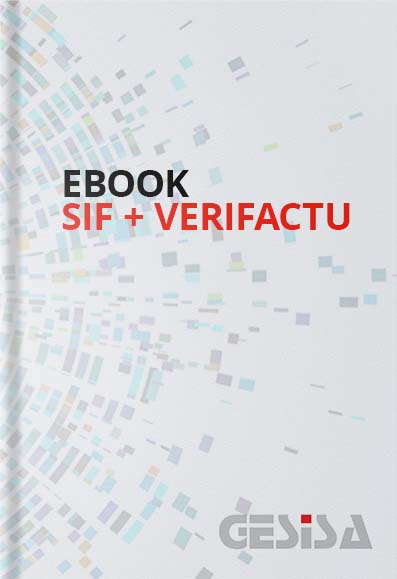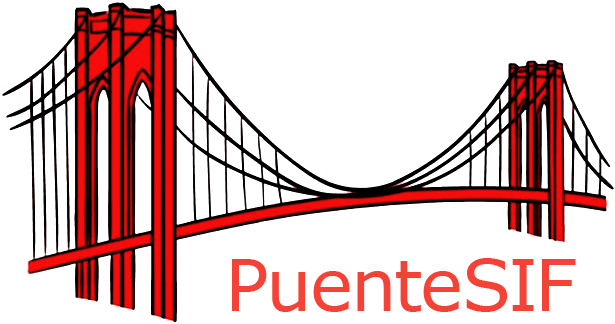SIF & VeriFACTU
What is VeriFactu and what is SIF?
The SIF System is the Invoicing Computer System approved by Law 11/2021, of July 9, also known as the Anti-Fraud Law, which every company or professional that does not issue invoices manually must use to generate and issue them.
Invoicing Computer Systems (SIF) must generate an invoice record every time they issue an invoice.
When a SIF sends invoice records immediately after generation, electronically, to the Tax Agency’s electronic office, it is considered a Verifiable Invoice Issuance System or VeriFACTU.
Therefore, VeriFACTU is the new mandatory system for issuing verifiable invoices, developed within the framework of the Verifiable Invoicing Computer System (SIF).
And the invoices that contain the phrase “Factura verificable en la sede electrónica de la AEAT” or VERI*FACTU, will enjoy the legal prestige of having been correctly registered in the AEAT.





